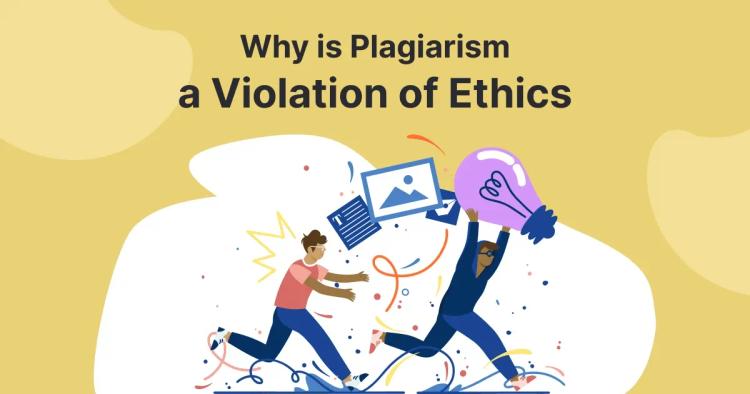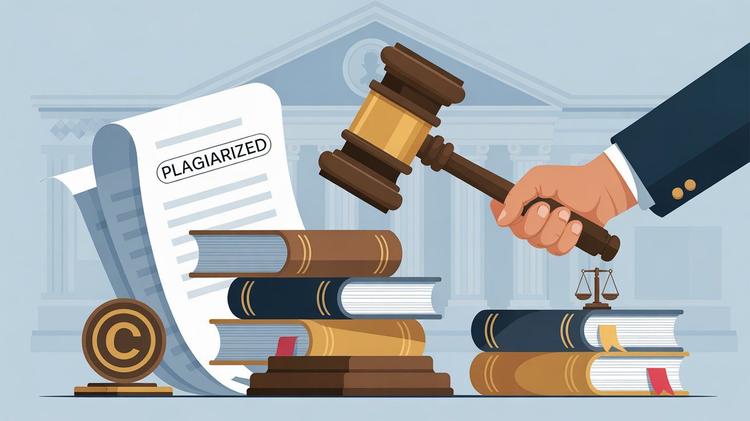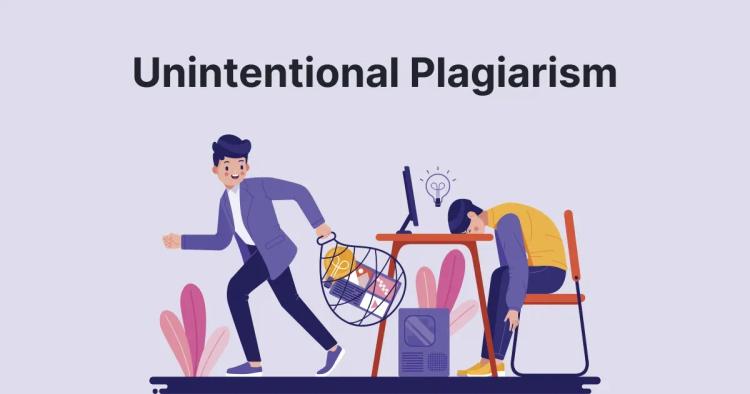Your original work—whether a photo you’ve taken, an article you’ve written, or music you’ve composed—is priceless.
In today’s fast-moving online world, it’s easy for others to copy or claim your creations without permission.
ᴀᴅᴠᴇʀᴛɪsᴇᴍᴇɴᴛ
Costing you money, damaging your reputation, and stealing the credit you deserve. This guide breaks down two essential concepts—copyright and plagiarism—in straightforward terms, and shows you how to respect both the law and professional ethics when creating or sharing content.
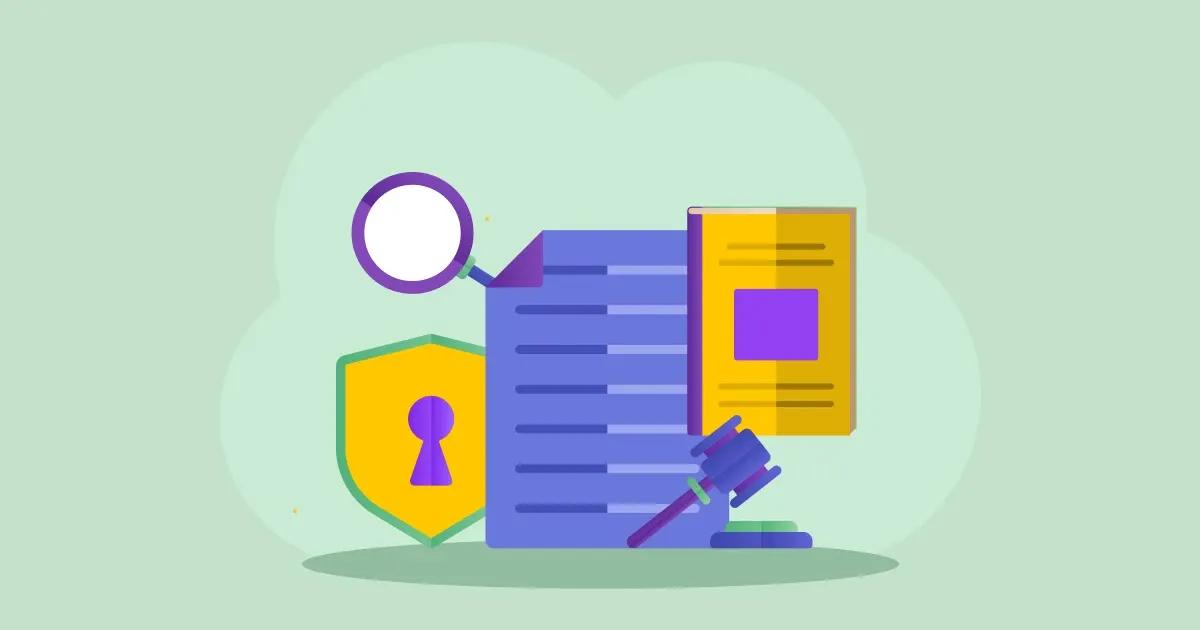
What Is Copyright?
Definition
“Copyright is the legal ownership of intellectual property such as original works of fiction and non-fiction and conveys the right to control its reproduction and distribution.”— Investopedia
What It Covers
Any original work fixed in a tangible form—books, songs, photographs, software, architectural plans, and more.
Why It Matters
It ensures you control how your work is used and compensated.
Your Role
You decide who can copy, distribute, perform, display, or adapt your work.
Risks of Infringement
Unauthorized use can lead to lawsuits, statutory damages, and takedowns.
How to Comply
-
Fair Use (17 U.S.C. § 107): Brief excerpts for commentary, teaching, and research are allowed under fair use law.
-
Public Domain: Use works with expired or waived rights.
-
Tools: Verify image rights with our free reverse image search tool.
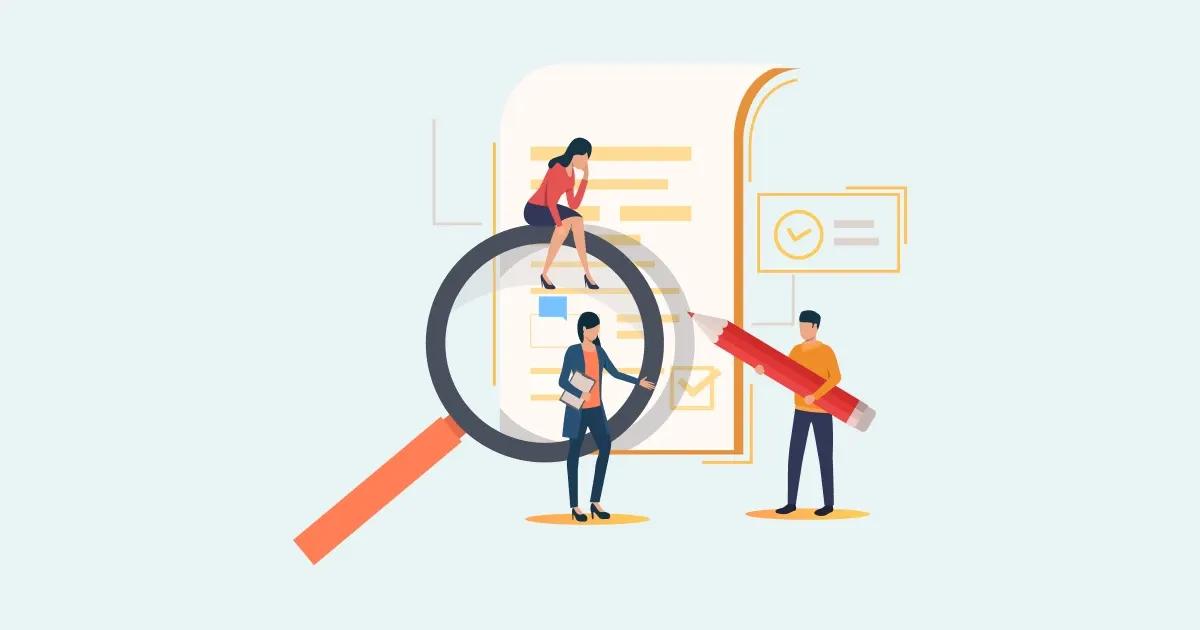
What Is Plagiarism?
Definition
“Plagiarism is the representation of another person’s language, thoughts, ideas, or expressions as one’s own original work.”— Wikipedia
What It Isn’t
It’s not about legal ownership—it’s an ethical lapse in giving credit.
Why It Matters
Failing to attribute someone else’s work damages trust, reputation, and career prospects.
Your Role
Always acknowledge sources—quote, paraphrase, or cite data and images accurately.
Risks of Plagiarism
Consequences include academic penalties, professional censure, and reputational harm.
How to Comply
-
Proper Citation: Use quotation marks for quotes and “According to…” for ideas.
-
Paraphrasing: Rewrite in original words and cite the source.
-
Self-Plagiarism: Cite your own prior work if reused.
-
Tools: Scan drafts with our free plagiarism checker.
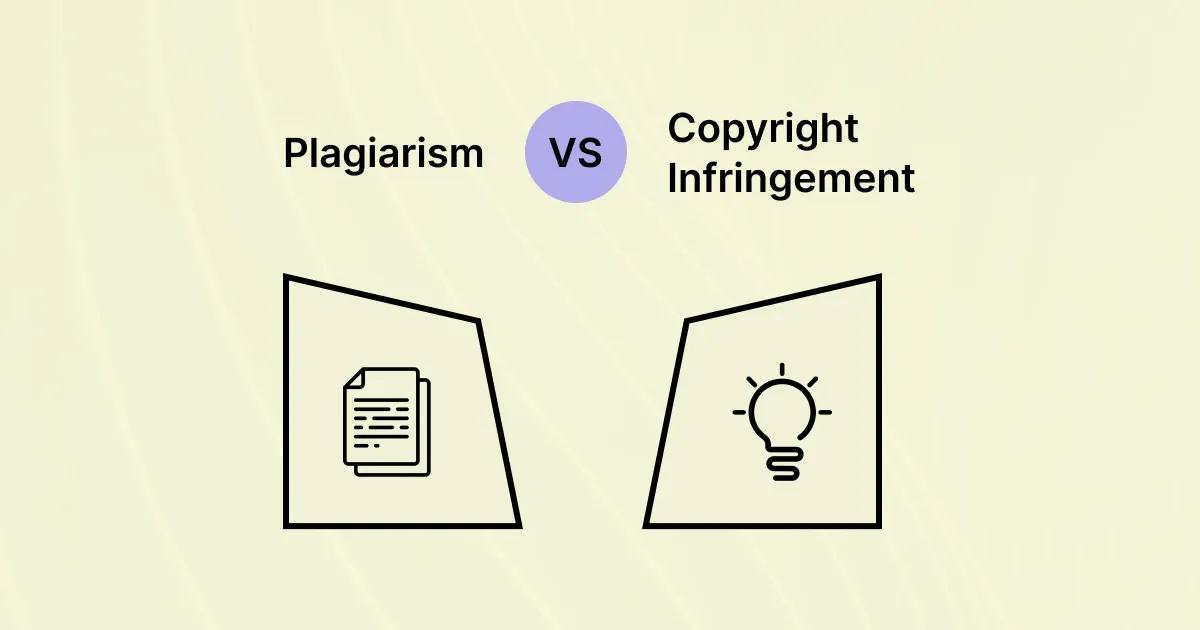
Copyright vs. Plagiarism: Key Differences at a Glance
| Aspect | Copyright | Plagiarism |
|---|---|---|
| Nature | Legal ownership of a creative work | Ethical attribution of ideas or text |
| What’s Protected | Fixed works (text, art, code, architecture) | Ideas, expressions, data |
| Violation | Unauthorized use → infringement (fines) | Lack of credit → academic/professional censure |
| Enforcement | Courts, DMCA takedowns, statutory damages | Schools, employers, professional bodies |
ᴀᴅᴠᴇʀᴛɪsᴇᴍᴇɴᴛ
How to Stay Compliant
-
Draft Original Content First
Write your own ideas in your own words before consulting other sources. -
Credit Every Source
-
For direct quotes, use quotation marks and cite the author.
-
For facts or ideas, say “According to…” and link or footnote the source.
-
-
Verify Permissions
-
For non-public-domain media, secure written permission or use Creative Commons–licensed content.
-
Find the owner of the image to contact them.
-
-
Use Fair Use Wisely
Keep excerpts short, add original commentary, and always credit the source. -
Run Integrity Scans
-
Text: Scan for plagiarism on your drafts.
-
Images: Confirm that any third-party images, music, or data are licensed for your use.
-
-
Register High-Value Works
For creations expected to generate significant revenue, register your copyright to strengthen legal protection.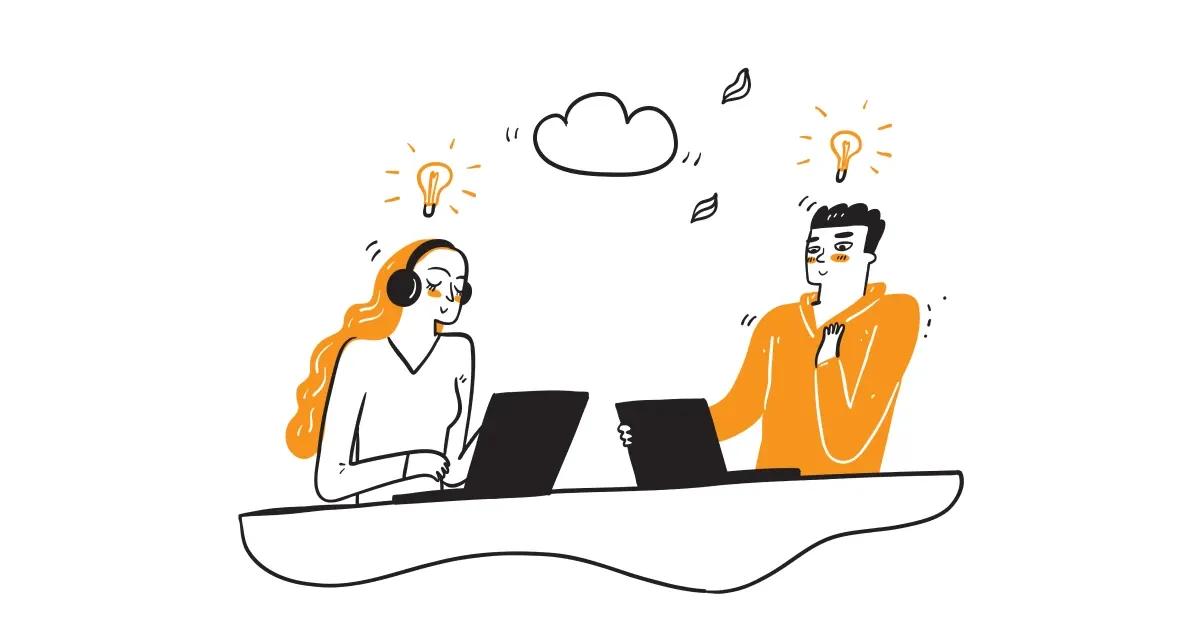
Frequently Asked Questions
What exactly is the difference between copyright and plagiarism?
In a nutshell,
-
Copyright is a legal right granting creators exclusive control over copying, distributing, and adapting a fixed work (Investopedia).
-
Plagiarism is an ethical violation—using someone else’s words, ideas, or images without proper credit (Wikipedia).
Do I need to register my work to have copyright protection?
No. Copyright exists automatically when you “fix” your work in a tangible form (e.g., save a file or publish a photo). Registration with the U.S. Copyright Office is only required if you later want to claim statutory damages in court (U.S. Copyright Office).
When is it safe to use someone else’s work under “fair use”?
You may use brief excerpts without permission for criticism, commentary, news reporting, teaching, scholarship, or research—provided you add original analysis and properly cite the source (17 U.S.C. § 107).
How can I avoid unintentional plagiarism in my writing?
By following these guidelines you will be able to write plagiarism free,
-
Draft your own ideas first in your own words.
-
For direct quotes, use quotation marks and name the author.
-
For paraphrases or facts, prefix with “According to…” and cite the source.
-
Run your draft through a plagiarism scanner (e.g., CopyChecker) to catch any overlaps.
What penalties can I face for copyright infringement or plagiarism?
While both acts are punishable, but their degree of enforcement may vary,
-
Copyright infringement can lead to takedown notices, civil lawsuits, and statutory damages.
-
Plagiarism can result in academic sanctions (failing grades, suspension), professional censure (lost credibility, job risks), and reputational harm.
How can I monitor and protect my own images online?
Use reverse image search to scan the web for unauthorized uses. CopyChecker’s free Image Copyright Checker lets you upload your photo and get instant results—no signup required.
ᴀᴅᴠᴇʀᴛɪsᴇᴍᴇɴᴛ
Conclusion
-
Copyright is your legal shield—protecting your right to control and profit from your creations.
-
Plagiarism is an ethical breach—failing to credit others’ work, regardless of legal ownership.
By drafting original content first, crediting sources meticulously, verifying permissions, and using integrity tools, you’ll safeguard your work and maintain your professional credibility every time you create or share content.





